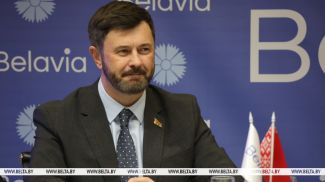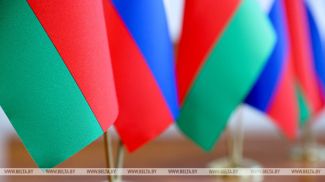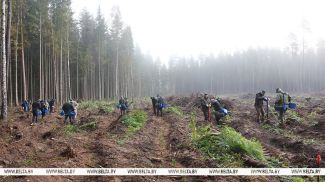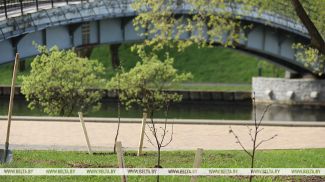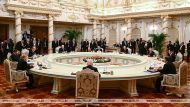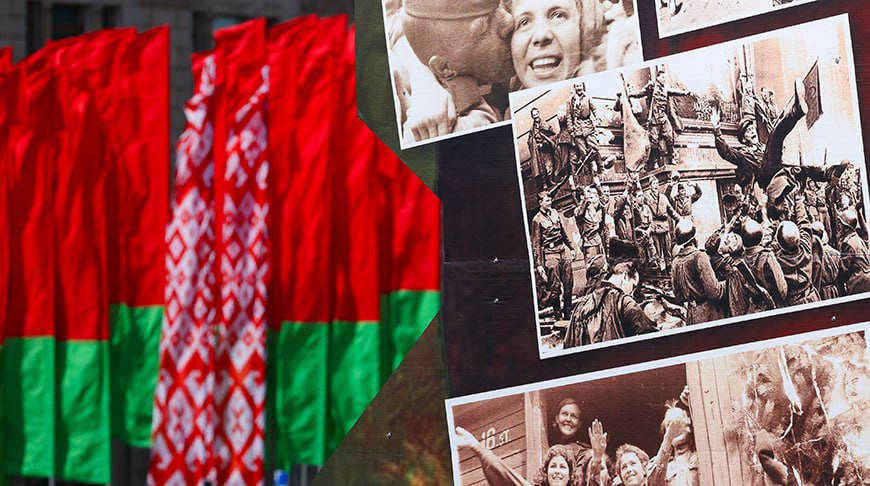
MINSK, 9 May (BelTA) - Today Belarus celebrates Victory Day, a holiday gained in the hard battles for freedom and independence of the Motherland. For Belarusians it is not only a holiday, but also a day of remembrance, deep respect and gratitude to all those who brought the Great Victory closer.

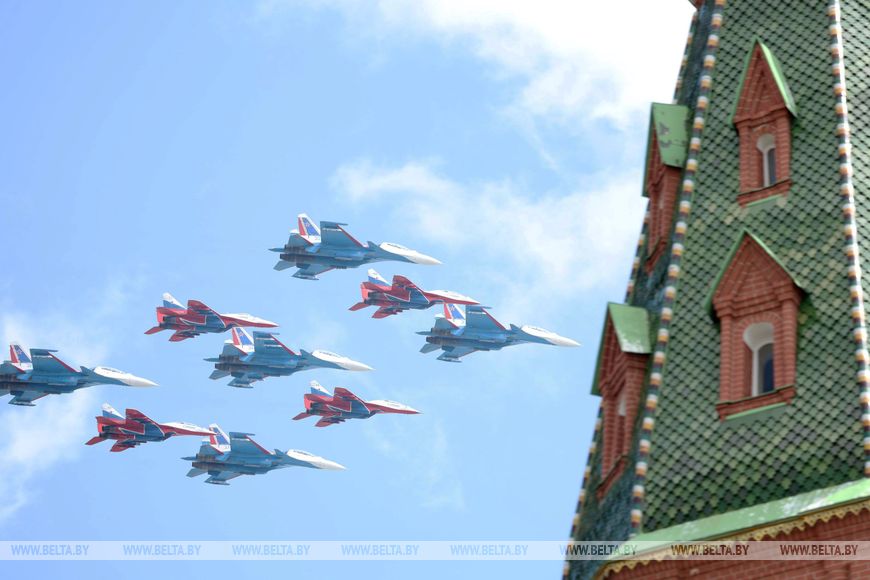

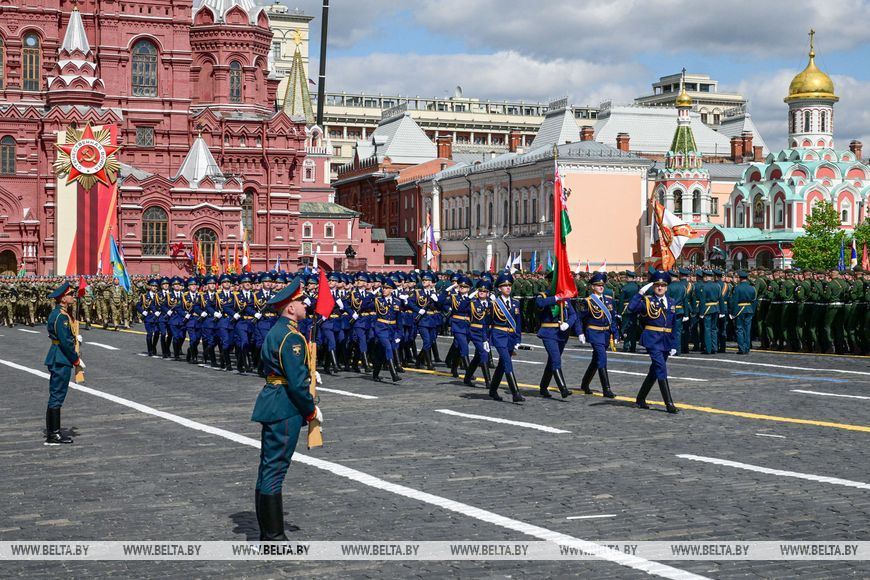




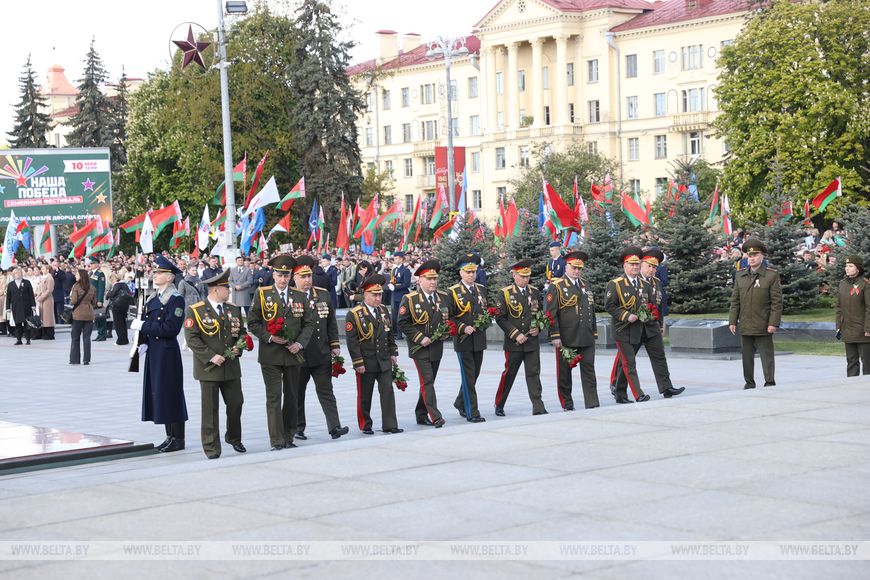
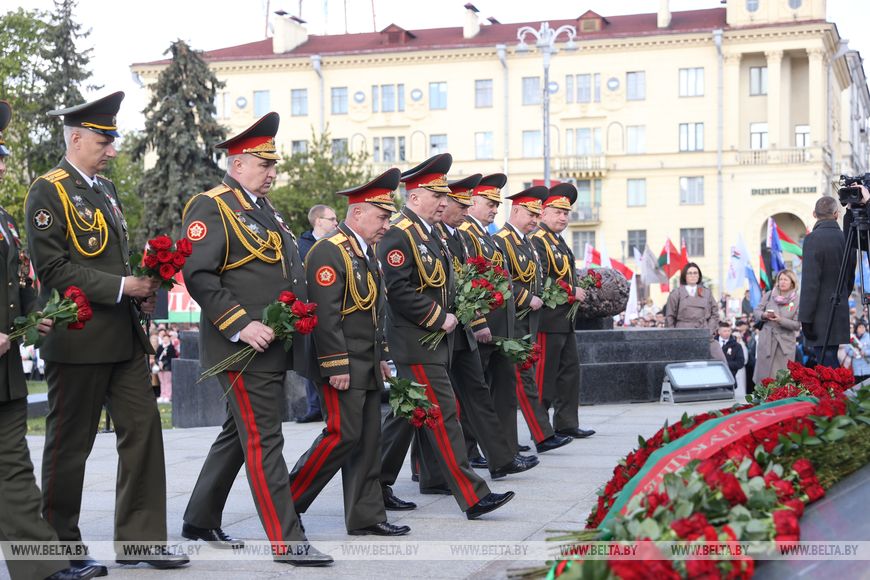

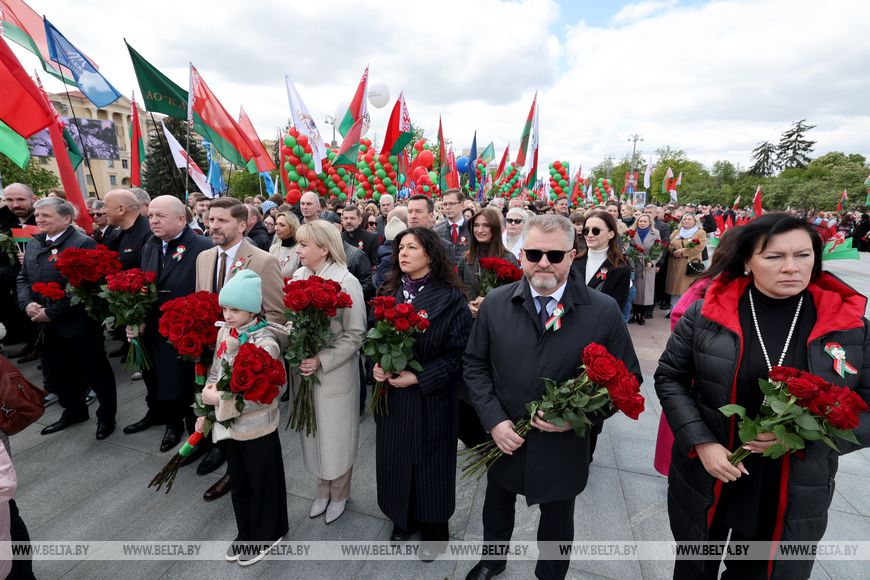



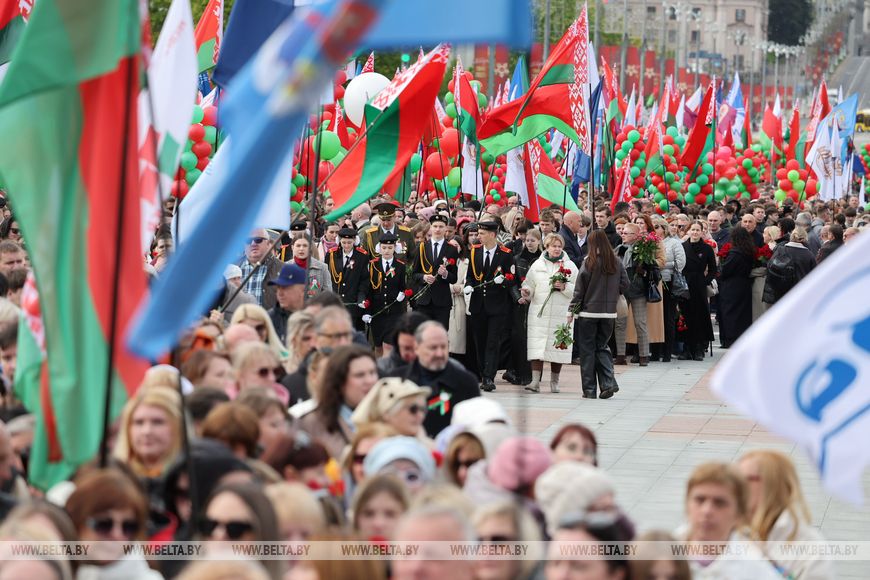


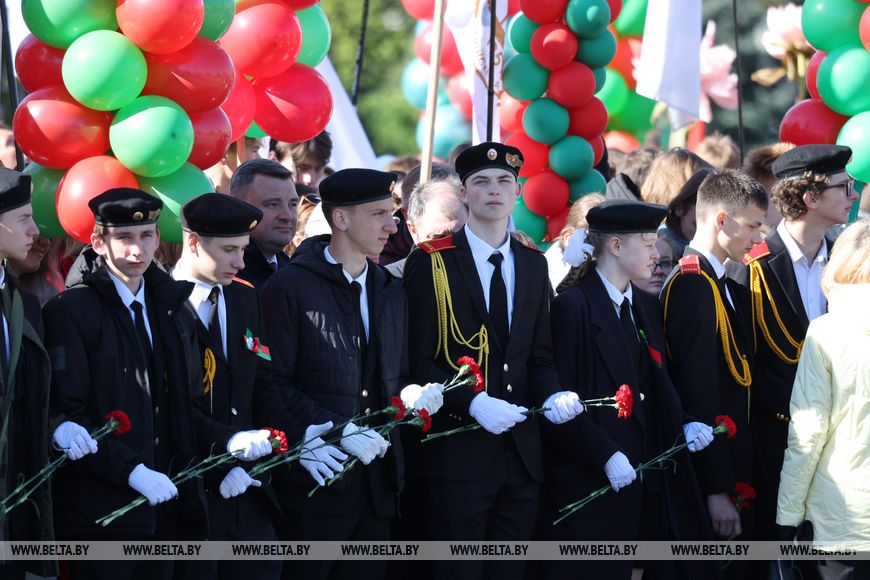





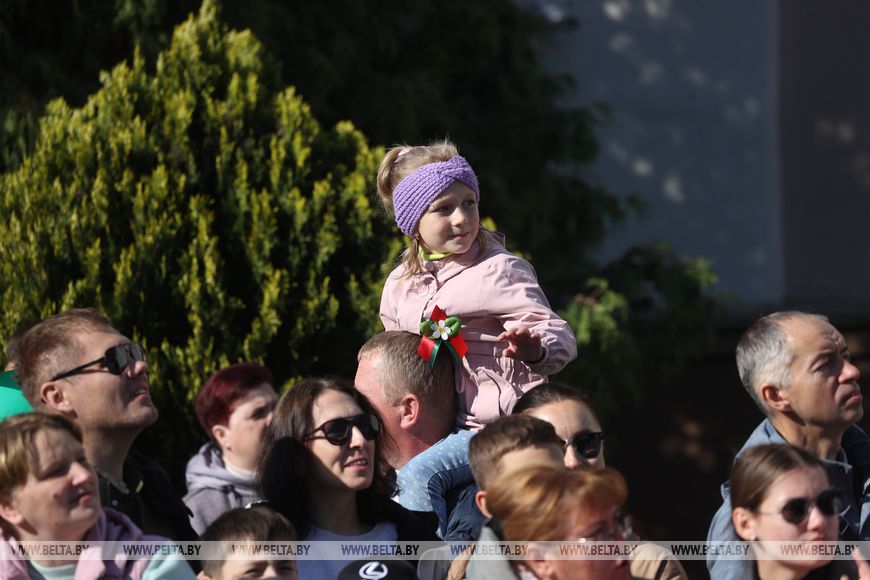















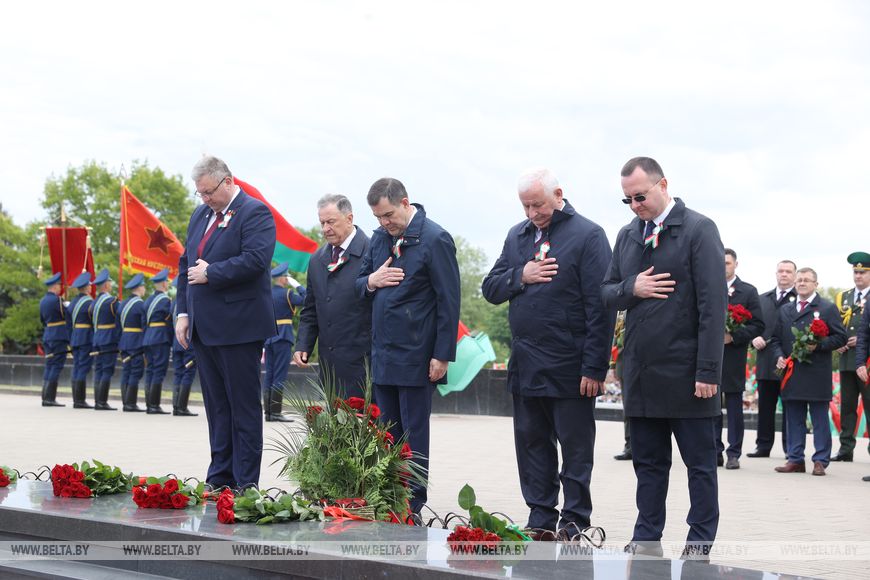





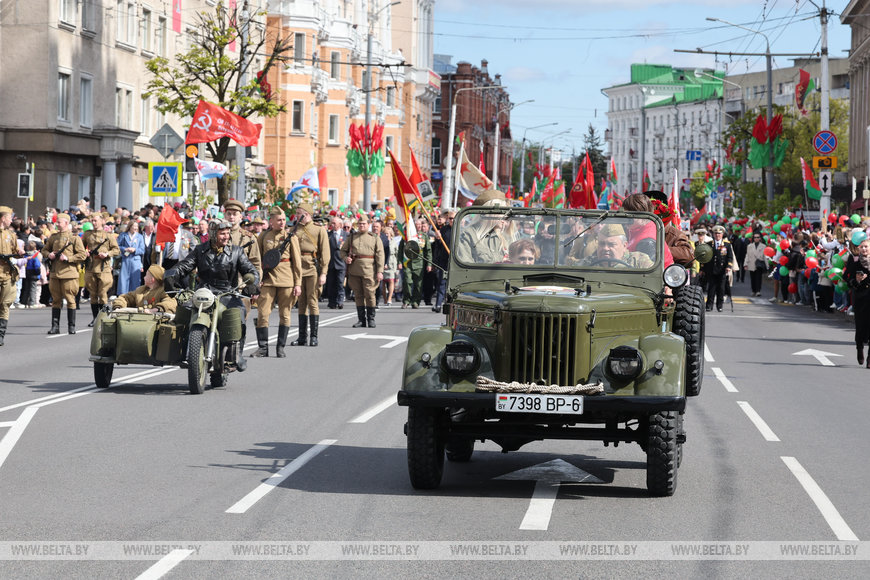
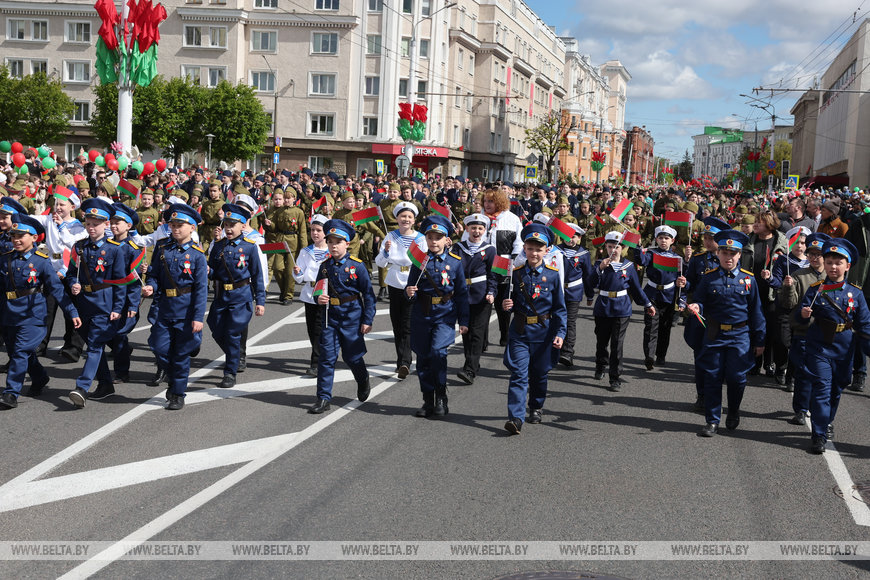

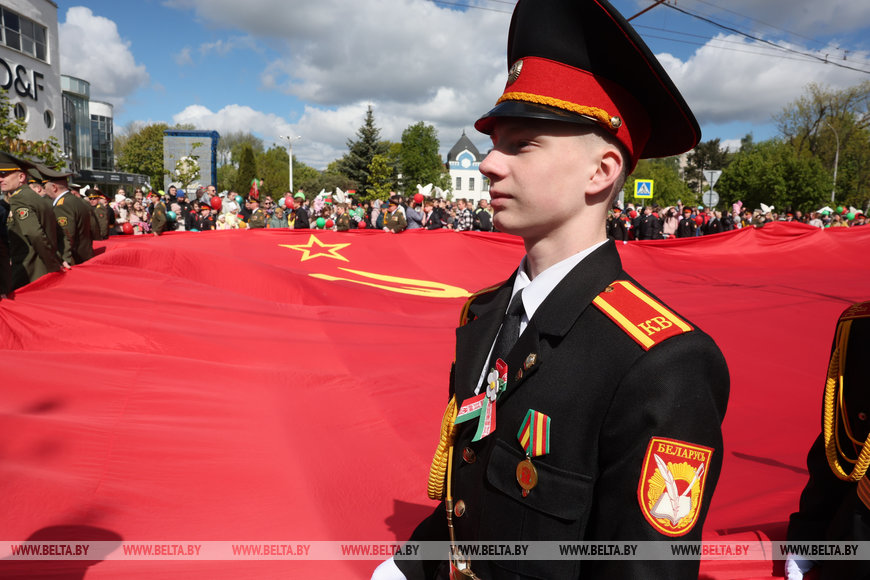









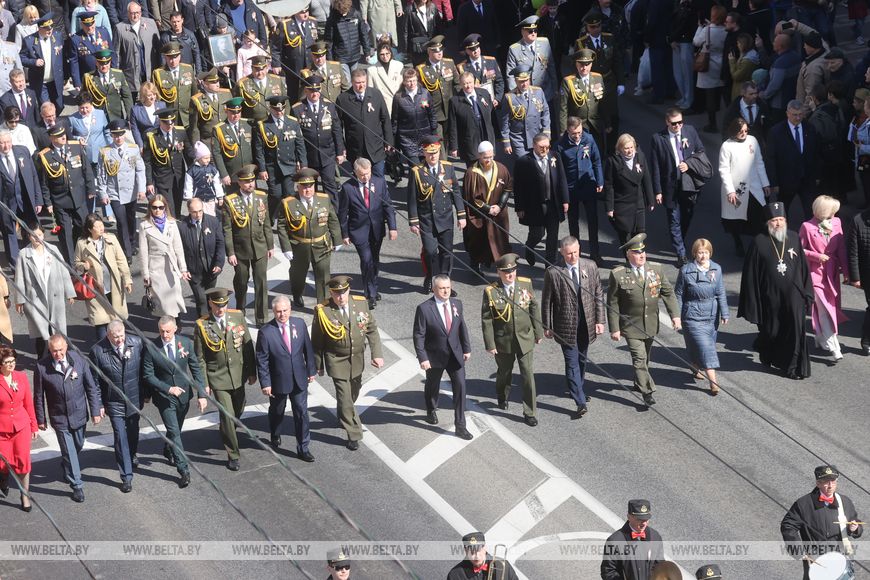

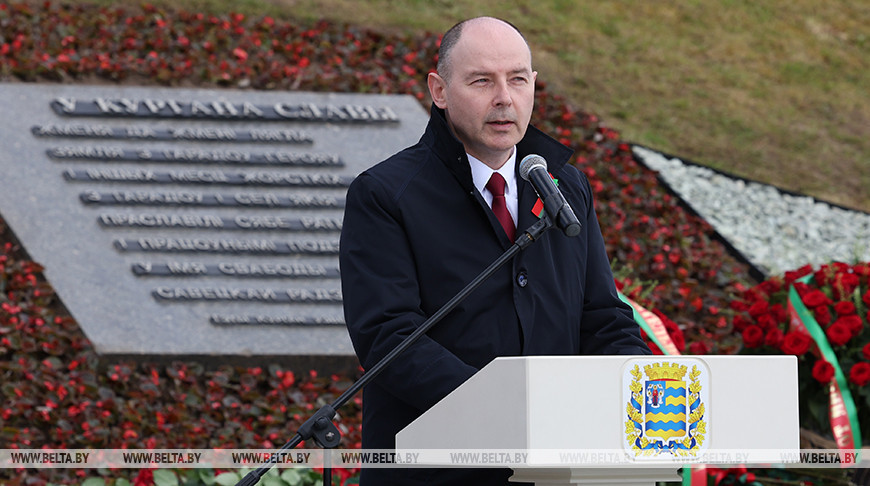


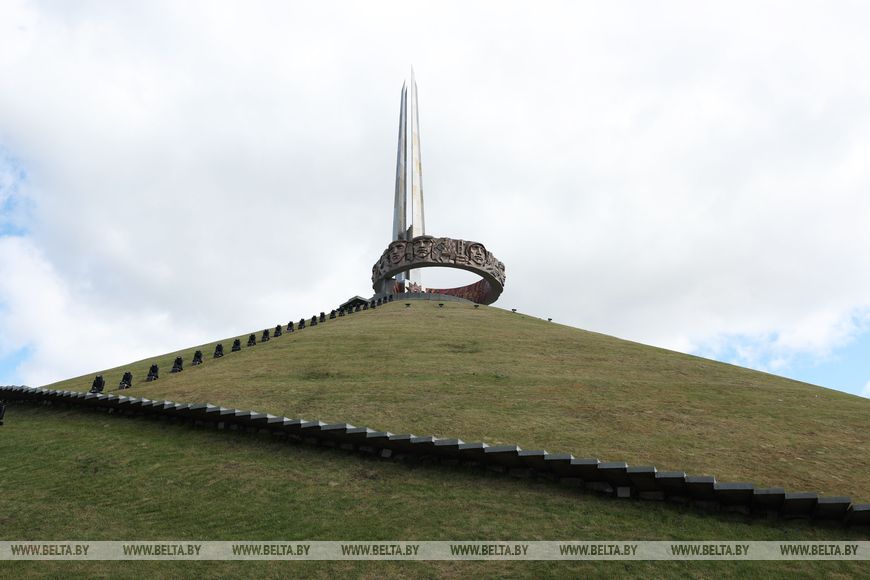



Belarus was the first in the Soviet Union to take a massive blow of the fascist invaders, becoming the scene of the biggest battles. Border guards and advanced units of the covering troops were the first to repel the enemy offensive. The enemy aviation bombed railroad junctions, airfields and the cities Brest, Grodno, Volkovysk, Baranovichi and other Belarusian cities. The defenders of the Brest Fortress, Minsk and Mogilev held firmly. On 14 July near Orsha Soviet Katyusha rocket launchers were used against the enemy for the first time. The resistance to the enemy in the battles in Belarus at the beginning of the war made it possible to thwart the German plans for a rapid offensive against Moscow.






Belarus observed a national moment of silence on 9 May at 12.00 noon. All churches rang memorial bells at the same time.



MINSK












BREST , VITEBSK























MOGILEV









GRODNO







GOMEL



MINSK OBLAST







The victory in the Great Patriotic War was won 80 years ago, on 9 May 1945. It lasted 1,418 days and nights. The Soviet people played a decisive role in the fight against fascism and bore the brunt of the war, and determined the future of the entire world civilization.
Belarus was the first in the Soviet Union to take a massive blow of the fascist invaders, becoming the scene of the biggest battles. Border guards and advanced units of the covering troops were the first to repel the enemy offensive. The enemy aviation bombed railroad junctions, airfields and the cities Brest, Grodno, Volkovysk, Baranovichi and other Belarusian cities. The defenders of the Brest Fortress, Minsk and Mogilev held firmly. On 14 July near Orsha Soviet Katyusha rocket launchers were used against the enemy for the first time. The resistance to the enemy in the battles in Belarus at the beginning of the war made it possible to thwart the German plans for a rapid offensive against Moscow.

However, despite courage and heroism of Belarusians, the territory of Belarus was occupied by the Germans by the beginning of September 1941. After the occupation began, Belarus showed unprecedented, in its scale and persistence, resistance to the enemy. The main form of the national struggle was the partisan movement, which numbered about 374,000 partisans. The anti-fascist underground movement has more than 70,000 people. Representatives of different nationalities of the Soviet Union and anti-fascists from European countries fought together with Belarusians in partisan units. During the war there were about 30 partisan zones. The Germans never managed to occupy them.
Belarusians are one of the nations that suffered the worst during the war. Hitlerites carried out more than 180 large-scale punitive operations in Belarus. The village of Khatyn became a tragic symbol of mass extermination of the peaceful population. During the investigation of the criminal case into the genocide of the Belarusian people it was established that there were 587 death camps on the territory of Belarus. Trostenets was the largest death camp in the Nazi occupied territory of the Soviet Union. According to the latest data of the General Prosecutor's Office of the Republic of Belarus, at least 546,000 were killed there.

During the years of Nazi occupation on the territory of the BSSR, Nazi criminals destroyed at least 12,868 rural settlements either completely or partially, including with their inhabitants. The list of villages that shared the tragic fate of Khatyn, i.e. those that were burned down completely with their inhabitants and did not recover after the war, has been supplemented with new settlements. Currently there are at least 290 of them.
Belarus lost more than half of its national wealth in the war. The human losses were enormous. During the years of Nazi occupation from 1941 to 1944 at least 3 million civilians and prisoners of war were exterminated on the territory of Belarus. More than 380,000 people were taken into German slavery under the threat of death, many of whom died as a result of unbearable working conditions, deprivation and torture.
Belarus has been preserving the memory of the Great Patriotic War throughout all the post-war years. The capital of Belarus, Minsk, among 12 cities of the former Soviet Union, was awarded the honorary title of the Hero City for its heroism and courage in the fight against the aggressors. The Brest Fortress was awarded the title of the Hero Fortress. Other cities of Belarus were also honored with awards. Numerous obelisks, monuments, memorial complexes and the Mound of Glory testify to the sacrifices of the war and the feat of the people. The Belarusian State Museum of the History of the Great Patriotic War is an important scientific and cultural institution.
In the annals of Belarus there was no war more cruel than the Great Patriotic War, no feat more significant than the feat of the Soviet soldier who defended the Motherland from the enemy and saved mankind from Nazism. The memory of the terrible war and the Great Victory cannot fade away. It is forever inscribed in the history of the Fatherland and every Belarusian family. The tragedy endured and the Victory achieved are an eternal source of pain and bitterness, pride and glory of the Belarusian people.
Time is moving further and further away from the events of the Great Patriotic War, but the exploits of those who died in the battles, the sadness about millions of innocent victims and the tragedy of the occupation remain in the minds of the older generation, are kept in the memory of their children, grandchildren and great-grandchildren. Belarusian President Aleksandr Lukashenko said at the solemn assembly dedicated to the 80th anniversary of the Victory of the Soviet people in the Great Patriotic War: “As we celebrate Victory Day, every year we mentally return to the past, painful but yet heroic. It contains lessons that help us look at our history, our present and our future without illusions!” The head of state also stressed: “Belarus suffered irreparable losses. But we remember: our heroes left so that we, the future generations, would never know the pain of loss and grief. They passed away so that we could be born and live in peace. This is why Belarus remembers!”
Belarusians are one of the nations that suffered the worst during the war. Hitlerites carried out more than 180 large-scale punitive operations in Belarus. The village of Khatyn became a tragic symbol of mass extermination of the peaceful population. During the investigation of the criminal case into the genocide of the Belarusian people it was established that there were 587 death camps on the territory of Belarus. Trostenets was the largest death camp in the Nazi occupied territory of the Soviet Union. According to the latest data of the General Prosecutor's Office of the Republic of Belarus, at least 546,000 were killed there.

During the years of Nazi occupation on the territory of the BSSR, Nazi criminals destroyed at least 12,868 rural settlements either completely or partially, including with their inhabitants. The list of villages that shared the tragic fate of Khatyn, i.e. those that were burned down completely with their inhabitants and did not recover after the war, has been supplemented with new settlements. Currently there are at least 290 of them.
Belarus lost more than half of its national wealth in the war. The human losses were enormous. During the years of Nazi occupation from 1941 to 1944 at least 3 million civilians and prisoners of war were exterminated on the territory of Belarus. More than 380,000 people were taken into German slavery under the threat of death, many of whom died as a result of unbearable working conditions, deprivation and torture.
Belarus has been preserving the memory of the Great Patriotic War throughout all the post-war years. The capital of Belarus, Minsk, among 12 cities of the former Soviet Union, was awarded the honorary title of the Hero City for its heroism and courage in the fight against the aggressors. The Brest Fortress was awarded the title of the Hero Fortress. Other cities of Belarus were also honored with awards. Numerous obelisks, monuments, memorial complexes and the Mound of Glory testify to the sacrifices of the war and the feat of the people. The Belarusian State Museum of the History of the Great Patriotic War is an important scientific and cultural institution.
In the annals of Belarus there was no war more cruel than the Great Patriotic War, no feat more significant than the feat of the Soviet soldier who defended the Motherland from the enemy and saved mankind from Nazism. The memory of the terrible war and the Great Victory cannot fade away. It is forever inscribed in the history of the Fatherland and every Belarusian family. The tragedy endured and the Victory achieved are an eternal source of pain and bitterness, pride and glory of the Belarusian people.
Time is moving further and further away from the events of the Great Patriotic War, but the exploits of those who died in the battles, the sadness about millions of innocent victims and the tragedy of the occupation remain in the minds of the older generation, are kept in the memory of their children, grandchildren and great-grandchildren. Belarusian President Aleksandr Lukashenko said at the solemn assembly dedicated to the 80th anniversary of the Victory of the Soviet people in the Great Patriotic War: “As we celebrate Victory Day, every year we mentally return to the past, painful but yet heroic. It contains lessons that help us look at our history, our present and our future without illusions!” The head of state also stressed: “Belarus suffered irreparable losses. But we remember: our heroes left so that we, the future generations, would never know the pain of loss and grief. They passed away so that we could be born and live in peace. This is why Belarus remembers!”
Victory Day is traditionally celebrated across the whole country for several days. Concerts, festivals, exhibitions, patriotic events, song contests, and themed lessons in schools are organized. Ahead of the holiday, flower-laying ceremonies take place in Belarusian cities at burial sites of soldiers and concentration camp prisoners to honor those who perished during the Great Patriotic War.
Veterans are honored throughout the country. As of today, only 800 veterans still live in Belarus, including 427 war participants and disabled veterans, and also 6,300 individuals affected by the war, of them 5,600 former prisoners of faschism.

The program to celebrate the 80th anniversary of Victory in the Great Patriotic War in Minsk is expected to be exciting and eventful. The city will host two main venues: near the Palace of Sports and in the Upper Town. The Palace of Sports venue will host a festive gala concert featuring Belarusian and Russian artists, a fair, and other events. The parade will be broadcast. The Upper Town will play host to a concert and interactive zones. Large-scale programs have been prepared in all districts of the city. More than 20 sites will operate in parks.
In the evening, Minsk will host a military parade with a theatrical segment. More than 4,000 people in 30 formations will participate in it. Delegations from friendly countries, including the Russian Federation, the People's Republic of China, and several CIS states, have also been invited.
The celebrations will culminate in traditional fireworks displays. The main venue will be the square near the Belarus hotel. Additionally, fireworks displays will take place in five districts of the city: in the Pavlov Park, the Drozdy neighborhood, the Hugo Chavez Park, the Chizhovka Arena site, and near the National Library.





